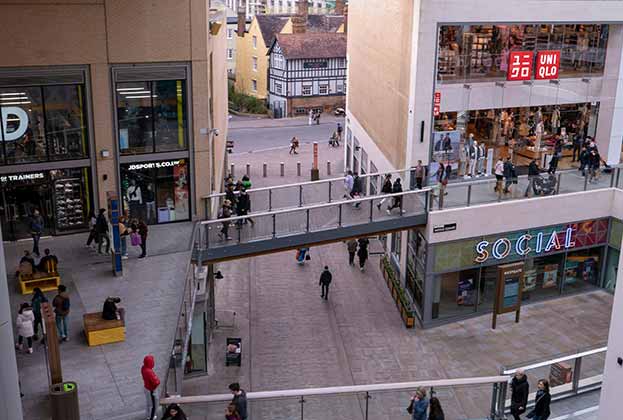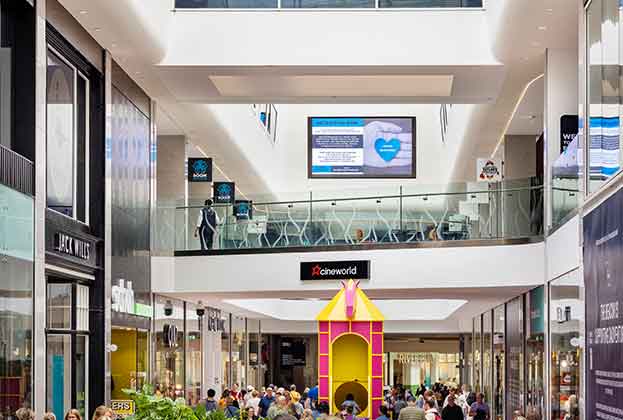While some sectors of the UK retail sector are under pressure, the community shopping centre segment of the market has remained largely resilient, with many locations actually seeing a rise in customer spending.
This buoyancy has largely been due to the fact that, unlike retailers in bigger regional malls, many of those in community centres do not have transactional websites.
The types of brands located in community schemes are often convenience and value driven and hence retailers have either pushed their online businesses less, or their products remain more suited to store rather than online based purchases.
Compare this to prime regional malls where more than half of their top 100 brands are fashion retailers operating in a submarket in which growth in online competition continues to be significant. 68 per cent of the top 10 brands in community shopping centres have an internet offer, opposed to 80 per cent of those in regional malls.
Also, of the top 100 brands present in community shopping centre that do sell online, website transactions account for only 12 per cent of their sales, compared with 20 per cent in regional malls.
Customers within community centres are therefore largely choosing to visit the bricks and mortar stores for their access to essential household goods and retail services, thereby helping to maintain footfall and the overall healthiness of the sector.
From a retailer’s perspective, stores in community shopping centres remain a core and relevant part of their businesses and the best opportunity for them to engage with their customers. For those that do have an internet offer, their local stores, easily accessible to large catchment areas, are also key outlets for fulfilling click and collect orders or store returns.
The resilience of local community shopping centres is not just a UK trend; our colleagues in Asia have noted that similar neighbourhood shopping centres in Hong Kong have proved to have staying power through economic ups and downs, and offer advantages investors should not ignore.
For example, when Hong Kong retail sales experienced a three-year contraction between 2014 and 2016, luxury malls and high street retail suffered rises in vacancies and falls in rents as visitor numbers from the Chinese mainland declined. However, as the CEO of Fortune REIT, the owner of a portfolio of 16 shopping assets in the region, notes, its portfolio of neighbourhood malls was still able to sustain a double-digit rental reversion and high occupancy levels.
Like their UK counterparts, this was due to Hong Kong’s local retail sector largely escaping much of the disruption seen elsewhere caused by e-commerce. A large part of this is attributed to Hong Kong’s tiny living spaces which encourage people to spend leisure time outside their homes, often in malls, with the neighbourhood centres benefiting in particular.
There may be several thousand miles between them, but it seems that the UK and Hong Kong community shopping centre markets have more in common than would initially appear.
Further information
Read more: Prospects: Asia Pacific Real Estate Intelligence
.jpg)







